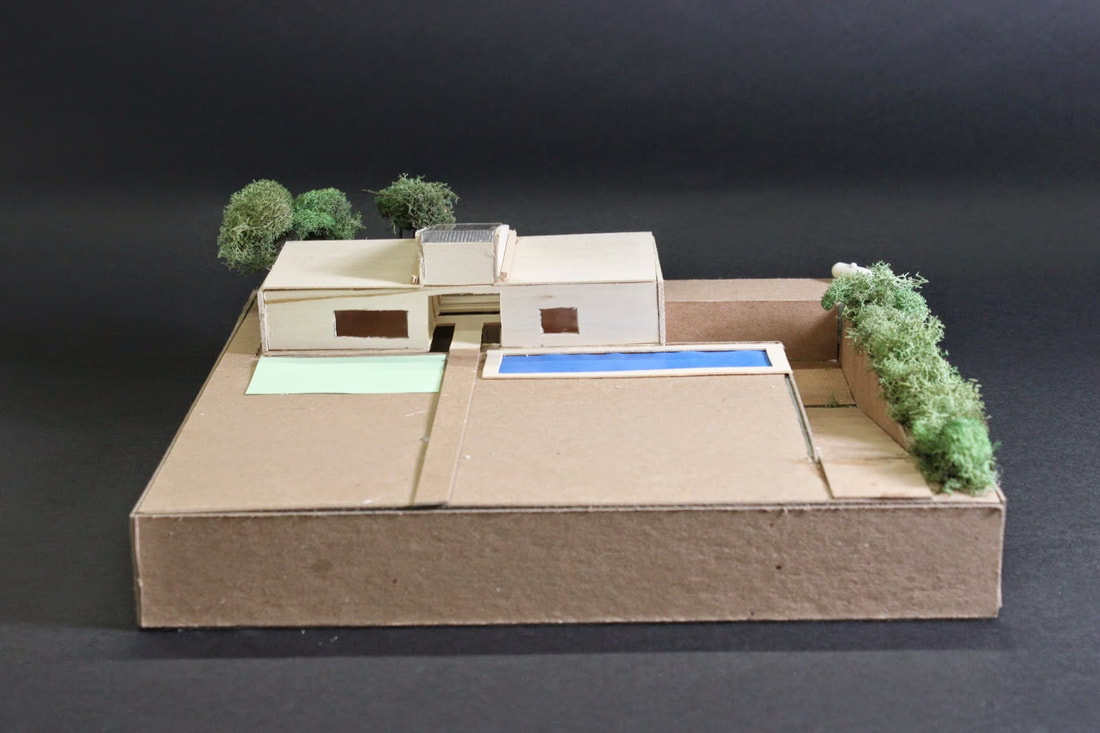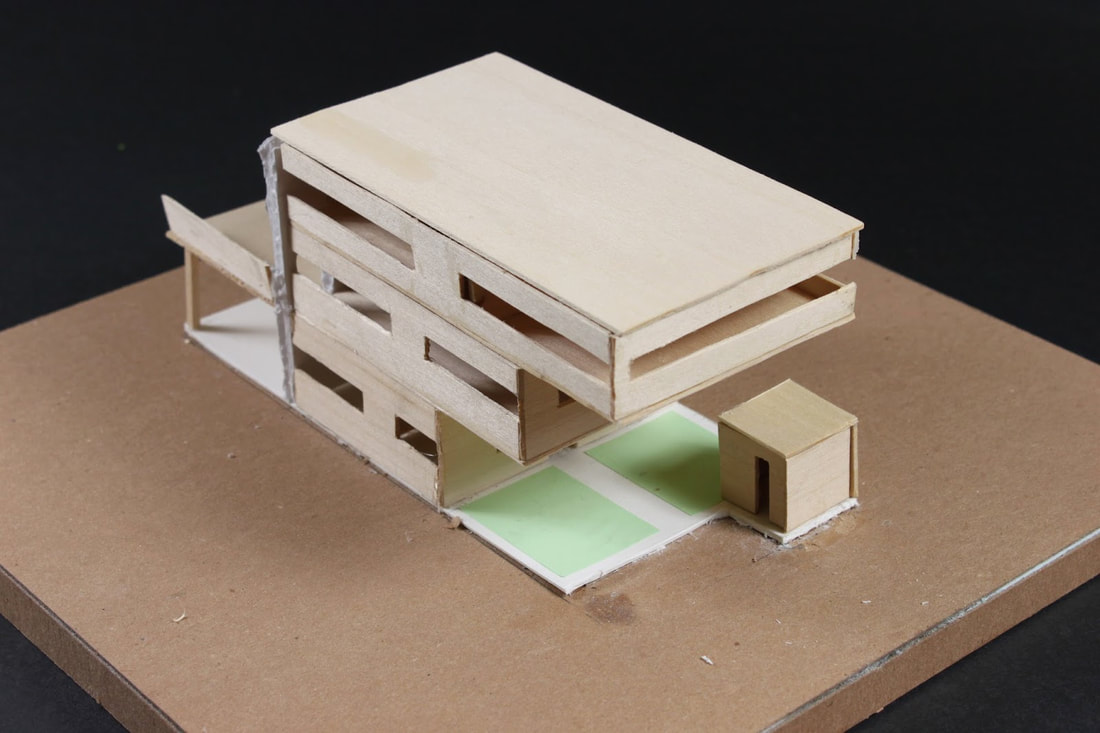I used to help my grandfather on the farm, driving tractors, raising crops and animals…at about 9 or 10 I started driving tractors. It showed me at an early age what hard work was all about and how dedicated you have to be, no matter what you do. -Tyson Chandler, Dallas Mavericks Center I grew up in the sticks...yes, it's true. My formative years were spent in rural Texas among hay fields and along the banks of the Colorado river. I learned how to drive on a Kubota tractor and was active in 4H. Mornings and evenings were spent tending to cattle and other farm animals. Family vacations were actually long weekends at county fairs around the state. Somehow the boy on the farm ended up in architecture school embracing the dynamic environment of the metropolis and developing a passion for Modernism. When I'm planning a semester for my classes, I try and work around a central concept on which all of the studio projects are based. This past Fall, we explored architecture in rural America. Having grown up in that environment, I have always had a keen interest in the subject. Once I understood architecture and had formed my own set of interests and opinions, I found myself inspired and constantly gravitating toward the unique forms, materials, and qualities of the rural landscape. The subject of rural architecture was incorporated in all classes during the semester and customized to the experience level and expectations for the students. First year students spent the second half of the semester analyzing traditional vernacular houses and using the information to develop their own updated version of a rural house for the 21st century: Second year students developed one project over the entire semester. Their task was to create a farmstead in three phases. The semester began with an exploration of shipping container architecture to create temporary living quarters and establish the farm: Phase two required the students to incorporate a rural-based business with their container house using pre-engineered metal building systems: Finally, the third phase completed the farmstead project with a permanent farmhouse based on traditional vernacular types. In each phase, students were required to incorporate their designs from the previous phase: Third year practicum students took a different route and explored the variety of ways that architecture can be used to support rural communities. After looking at the work of Auburn University's Rural Studio, students developed projects that addressed a common need that these communities would have:
4 Comments
Leave a Reply. |
AuthorChris Carson is a licensed architect, woodworker, and tsundoku enthusiast. He directs the Architecture Studios at Lewisville ISD's Career Center East. ArchivesCategories |


 RSS Feed
RSS Feed
